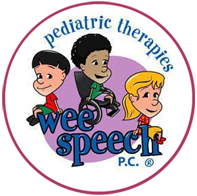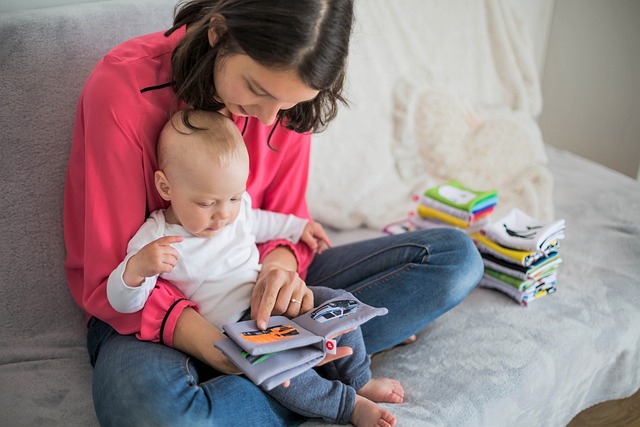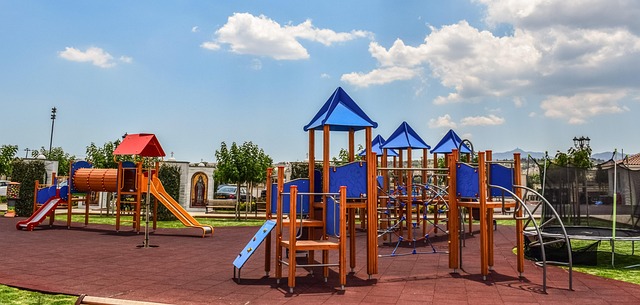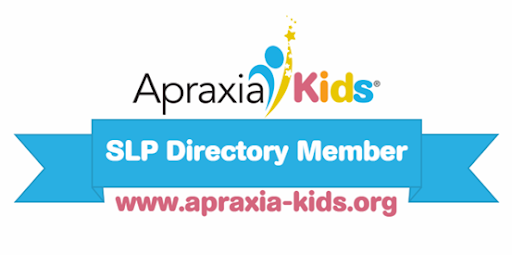
Watch That Language Grow!
Summer and sunshine are here and so is another opportunity to help your child’s language grow! Plant a seed — quite literally — and watch it grow! Start a garden (big or small! in the ground or in a pot! indoor or outdoor!) with your child and here are all the wonderful ways you can work on communication: – talking about sequences (steps to growing a plant) – make choices about which seeds to plant (did you know you can get four different packets of seeds at the Dollar Tree for just $1.25?) – talk about different plants (describe what they look like, taste like, smell like, compare/contrast) – talk about what tools you need for gardening – read stories











